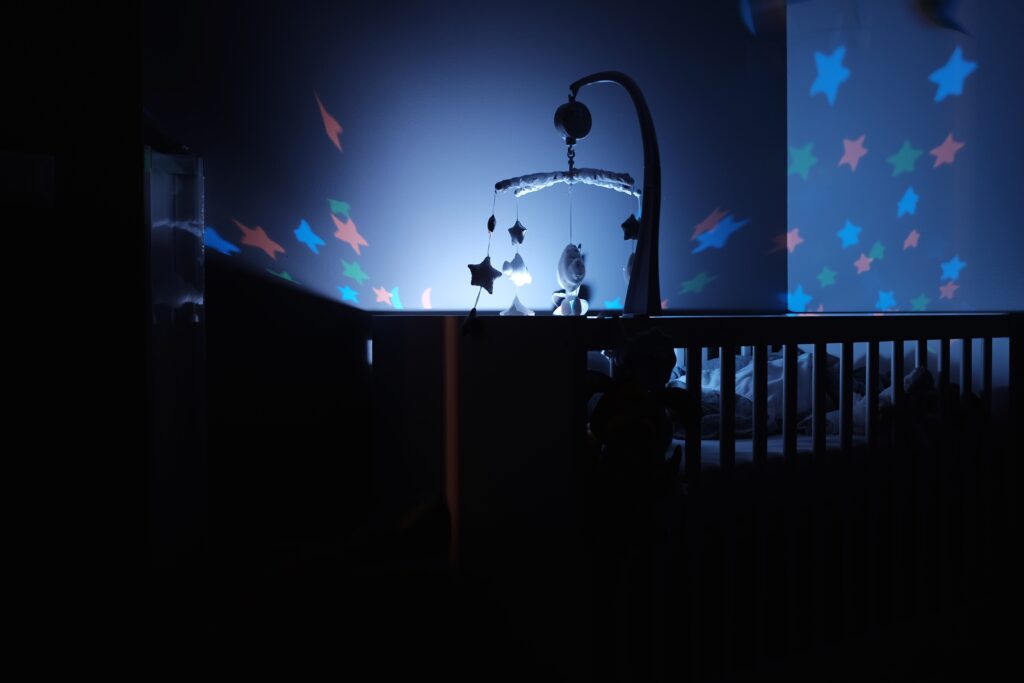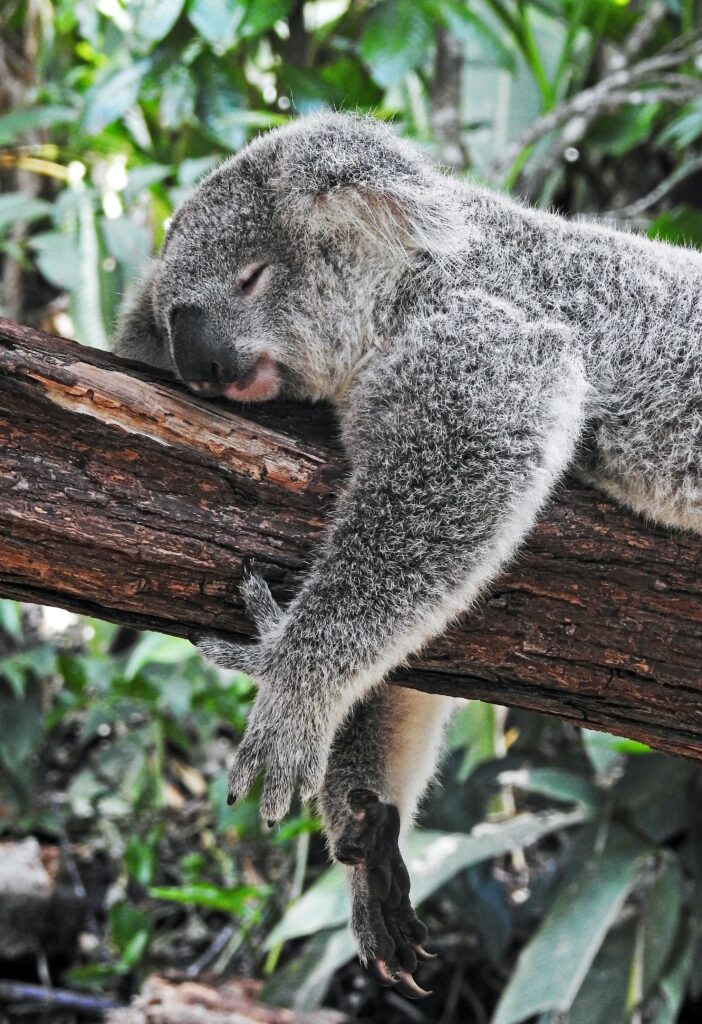
If you’ve ever had a cat, you’ve probably noticed their uncanny ability to snooze for hours on end, seemingly without a care in the world. Whether it’s lounging in a sunbeam or curled up in your lap, cats just can’t seem to resist the allure of a good nap. But have you ever wondered why they sleep so much? In this article, we’ll explore the fascinating reasons behind feline sleep habits and uncover the secrets behind their seemingly endless slumber. So grab a cozy blanket and get ready to unravel the mystery of why cats have a tendency to sleep so much!

Table of Contents
Reasons for cats’ tendency to sleep
Natural predators
Cats are natural predators, and their tendency to sleep is directly related to their carnivorous nature. As predators, cats need to conserve their energy for hunting and chasing down prey. Sleeping provides them with the opportunity to recharge and be ready for action when the time comes.
Survival instinct
Cats’ tendency to sleep also stems from their survival instinct. In the wild, cats need to be constantly aware of potential danger and threats. By sleeping, cats are able to maintain their energy levels and be prepared to react quickly in case of any danger.
Conserving energy
Sleeping is an effective way for cats to conserve energy. Cats have a limited amount of energy stores, as their diet consists mainly of meat. This means they have to be efficient in their energy use. By sleeping for extended periods, cats are able to reduce their energy expenditure, which is crucial for their overall well-being.
Circadian rhythm
Cats, like many other animals, have an internal body clock, known as the circadian rhythm. This internal clock regulates various physiological processes, including sleep-wake patterns. Cats are naturally more active during dawn and dusk, which are the optimal times for hunting. Their circadian rhythm influences their sleep patterns, and cats often adjust their sleep schedule accordingly.
Sleep cycle
Similar to humans, cats experience different stages of sleep. The length of their sleep cycles and the amount of time spent in each stage may vary. Cats alternate between rapid eye movement (REM) and non-REM sleep. During REM sleep, cats may exhibit twitching movements and rapid eye movements, suggesting that they may be dreaming. Non-REM sleep is a deeper sleep state where cats can fully relax and recharge.
Napping to hunt better
Cats often take short naps throughout the day, which may seem like excessive sleep. However, these short naps actually serve a purpose. By taking frequent naps, cats are able to recharge quickly and be more alert and focused when it’s time to hunt. These power naps enhance their stalking efficiency and increase their chances of successfully catching prey.
Thermoregulation
Cats are known for their ability to regulate their body temperature. Their tendency to sleep is influenced by their need to maintain the optimal body temperature. Cats seek warm or cool surfaces depending on their body’s needs. Sleeping helps them conserve energy and efficiently regulate their body temperature, especially during extreme weather conditions.
Comfort and security
Cats are creatures of habit and seek comfort and security. They prefer safe and familiar environments where they can relax and reduce stress. Sleeping provides cats with the opportunity to create cozy sleeping spots and bond with their owners. Curling up in a comfortable, warm spot gives them a sense of security, leading to longer and more restful sleep.
Forming habits
Cats are creatures of routine and quickly form habits. If they establish a pattern of sleeping during certain times of the day, it becomes ingrained in their behavior. This habit-forming nature contributes to their tendency to sleep. Once a routine is established, cats often stick to it unless there are significant changes in their environment or daily routines.
Boredom or lack of stimulation
Indoor cats, in particular, may have a tendency to sleep out of boredom or due to a lack of stimulation. Cats are naturally curious and need mental and physical stimulation to stay engaged and active. If they don’t receive enough enrichment or opportunities to play, they may resort to sleeping as a way to pass the time. Providing adequate mental and physical stimulation for cats can help reduce excess sleep and keep them more alert and active.
Natural predators
Cats as predators
Cats are highly skilled hunters and possess several adaptations that make them effective predators. They have sharp retractable claws, keen hearing, excellent eyesight, and a highly developed sense of smell. These predator traits contribute to their tendency to sleep, as they are always ready to spring into action when the opportunity to hunt arises.
Hunting techniques
Cats employ various hunting techniques to catch their prey. One common technique is stalking, where they stealthily approach their target without being detected. Cats often crouch down, their bodies low to the ground, tail twitching in anticipation. This stalking behavior helps them get closer to their prey without alarming it.
Another hunting technique cats use is pouncing. Once they are in close proximity to their prey, cats quickly leap forward, using their hind legs to propel themselves towards the target. This pouncing technique gives them the advantage of surprise, often resulting in a successful catch.
High-energy bursts
When cats hunt, they use quick bursts of energy to chase and capture their prey. These high-energy bursts require significant physical exertion and can be exhausting. After a successful hunt, cats may sleep to replenish their energy stores and recover from the intense activity. The combination of hunting techniques and energy expenditure contributes to their tendency to sleep for extended periods.
Survival instinct
Feline ancestry
Cats’ ancestors were wild animals that depended on hunting skills for survival. The instinct to sleep is deeply ingrained in their DNA and has been passed down from generation to generation. Sleeping served as a survival strategy for their wild ancestors and continues to be an essential part of a cat’s survival instinct.
Prey availability
Cats’ tendency to sleep is also influenced by the availability of prey. In the wild, prey may not always be abundant, and cats need to conserve their energy until suitable hunting opportunities arise. By sleeping, cats are conserving their energy and ensuring they are prepared when prey becomes available.
Self-preservation
Sleeping allows cats to reduce their chances of encountering predators or other potential threats. By staying hidden and asleep during times when their predators are most active, cats increase their chances of survival. They are more vulnerable when awake, so sleeping during potentially dangerous periods is a wise self-preservation strategy.
Avoiding danger
Cats are instinctively cautious animals and have a natural tendency to avoid dangerous situations. By sleeping, they reduce the risk of accidental injuries or encounters with predators. Sleeping provides them with a level of safety, as their relaxed state allows them to remain hidden and undetected.
Conserving energy
Efficient energy use
Cats are highly efficient in their energy use and have developed mechanisms to conserve energy whenever possible. By sleeping for long periods, cats are minimizing their energy expenditure. This energy conservation is crucial for their survival, as their diet mainly consists of meat, which provides a limited amount of energy compared to plant-based diets.
Limited food sources
Cats have historically faced challenges in obtaining food due to their carnivorous diet. Unlike herbivores who can graze on vegetation, cats rely on capturing and consuming other animals. This limited availability of food sources means that when they do eat, they need to maximize the energy acquired. By sleeping, cats are conserving energy until their next hunting opportunity.
Energy conservation during rest
Sleeping allows cats to temporarily pause their metabolic processes, which leads to further energy conservation. While asleep, cats can reduce their heart rate, breathing rate, and overall energy requirements. This state of rest allows them to recover from physical exertion, repair and regenerate tissues, and conserve energy for future activities.
Energy needed during hunting
Cats require bursts of energy when hunting to chase, capture, and kill their prey. Sleeping helps ensure they are well-rested and ready to utilize the necessary energy when the hunting opportunity arises. By conserving energy during sleep, cats can replenish their energy reserves and be prepared for the physical demands of hunting.

Circadian rhythm
Internal body clock
Cats, like many other animals, have an internal body clock that regulates various physiological processes. This internal clock helps maintain their sleep-wake patterns and synchronize them with the day and night cycles. It ensures that cats are awake and alert during optimal hunting times and allows them to sleep when their prey is less active.
Day and night cycles
Cats are crepuscular animals, which means they are most active during the dawn and dusk periods. These twilight hours provide cats with favorable lighting conditions for hunting. Their internal body clock is attuned to the day and night cycles, further influencing their sleep patterns and activity levels.
Sleep-wake patterns
Cats’ sleep-wake patterns typically revolve around their natural hunting instincts. They may sleep for extended periods during the day, taking short naps in between. Their sleep-wake patterns adapt to their environment and any changes in lighting conditions. Their internal body clock helps regulate these patterns and ensures they are awake and alert during hunting times.
Optimal hunting times
Cats are more alert and active during the early morning and late evening hours. These times coincide with the periods when their prey is most active. By sleeping during other parts of the day, cats can ensure they are fully rested and ready to take advantage of the optimal hunting times when their chances of catching prey are highest.
Sleep cycle
Length of sleep cycles
Cats’ sleep cycles can vary in length depending on various factors such as age, health, and individual differences. On average, adult cats sleep for 12 to 16 hours a day, with kittens and elderly cats sleeping even more. These sleep cycles consist of alternating periods of REM and non-REM sleep.
REM and non-REM sleep
REM sleep, also known as active sleep, is characterized by rapid eye movements, muscle twitches, and increased brain activity. Non-REM sleep, also referred to as quiet sleep, is a deeper sleep state where cats experience slower brain activity and reduced muscle movement. Both REM and non-REM sleep are essential for cats’ overall well-being and quality of sleep.
Deep sleep and dreaming
During deep non-REM sleep, cats experience a state of relaxation and complete rest. This deep sleep stage allows their body to recover physically and mentally. While it’s difficult to confirm if cats dream, their twitching movements and rapid eye movements during REM sleep suggest that they may indeed experience dream-like states, similar to humans.
Light sleep and alertness
Cats also experience light sleep stages where they remain partially alert. This light sleep allows them to quickly respond to any potential threats or disturbances in their environment. They can awaken rapidly from this light sleep and be ready to take action if needed. This heightened level of alertness is crucial for their survival instincts.

Napping to hunt better
Stalking efficiency
Cats’ tendency to take frequent naps allows them to enhance their stalking efficiency. By resting and recharging through these short naps, cats can maintain their physical and mental alertness, which contributes to their ability to stealthily approach their prey. Stalking requires precision and focus, and napping between hunting sessions can improve these skills.
Preserving energy for hunting
Napping serves as a way for cats to preserve their energy for hunting. By spacing out their hunting activities and taking breaks in between, cats can recharge their energy reserves. This ensures they have sufficient energy for each hunting session and increases their chances of successfully capturing their prey.
Enhancing focus and precision
Frequent naps help cats maintain their focus and precision during hunting. By resting between hunting sessions, cats can reset their mental state and be more attentive to their surroundings. This enhanced focus improves their ability to detect movement and accurately judge distances, increasing their overall hunting success rate.
Thermoregulation
Temperature preferences
Cats have specific temperature preferences and seek environments that provide optimal comfort. Their sleep patterns are influenced by their need to maintain an ideal body temperature. Cats prefer temperatures between 86°F and 97°F (30°C to 36°C) and will adjust their sleeping spots based on environmental temperatures.
Heat conservation or dissipation
Depending on the climate conditions, cats may need to conserve or dissipate heat during sleep. In colder environments, cats seek warm surfaces, such as sunlit spots or cozy blankets, to conserve heat. Conversely, in warmer climates, cats may choose cooler surfaces, such as tiled floors or shaded areas, to dissipate excess heat and maintain a comfortable body temperature.
Seeking warmth or cool surfaces
Sleeping helps cats regulate their body temperature by seeking out warm or cool surfaces as needed. They may curl up in a tight ball to conserve body heat in cooler surroundings, or stretch out to maximize heat dissipation if they’re feeling too warm. This thermoregulatory behavior ensures their comfort during sleep and helps maintain their body temperature within optimal ranges.
Adapting to climate conditions
Cats have adapted to various climate conditions over time, and their sleep patterns reflect this adaptability. In colder regions, cats may sleep for longer periods to conserve energy and maintain their body temperature. In warmer climates, cats may reduce their sleep duration and seek cooler spots to avoid overheating. This ability to adapt to different climates contributes to their overall survival and well-being.
Comfort and security
Safe and familiar environments
Cats are creatures of habit and seek out safe and familiar environments for sleep. They prefer areas where they feel secure and free from potential dangers. Creating a safe and cozy sleeping environment, such as a dedicated cat bed or a quiet corner, can help enhance their comfort and sense of security, leading to more restful sleep.
Relaxation and stress reduction
Sleeping is a way for cats to relax and reduce stress. Cats are known for their ability to sleep in various positions, including curled up, stretched out, or even upside down. These relaxed sleeping positions indicate their level of comfort and the absence of stress or anxiety. A calm and stress-free environment promotes quality sleep for cats.
Bonding with owners
Cats often choose to sleep near or alongside their owners, seeking comfort and companionship. Sleeping in close proximity to their owners helps establish and strengthen the bond between the cat and their human companions. It provides a sense of security and reassurance to both the cat and the owner, fostering a deeper connection.
Creating cozy sleeping spots
Cats have a knack for finding cozy and comfortable sleeping spots. They may choose soft blankets, cushions, or other plush surfaces to curl up and sleep on. Cats appreciate areas that offer warmth and cushioning to ensure their physical comfort. By creating cozy sleeping spots in their environment, you can help satisfy their need for comfort and enhance their sleep quality.
Boredom or lack of stimulation
Indoor cat challenges
Indoor cats, in particular, can experience boredom or a lack of stimulation, leading to excess sleep. Without access to the same opportunities for exploration and hunting as outdoor cats, they may resort to sleeping as a means of passing the time. Indoor cats often need more mental and physical stimulation to keep them engaged and active.
Inactive lifestyle
Cats that lead an inactive lifestyle may be more prone to excessive sleep. Lack of physical activity and mental stimulation can lead to boredom and lethargy, causing cats to seek refuge in sleep. Encouraging exercise and providing interactive toys or playtime sessions can help keep cats active and reduce their excessive sleepiness.
Mental and physical stimulation
Cats need both mental and physical stimulation to thrive. Interactive toys, puzzle feeders, and play sessions that mimic hunting can enrich their environment and provide the necessary mental and physical engagement. These activities keep cats entertained, reduce boredom, and minimize the need for excessive sleep.
Providing enrichment
To combat boredom and reduce excessive sleep, it’s important to provide a stimulating environment for indoor cats. This can include designated play areas, scratching posts, climbing structures, and interactive toys. Providing opportunities for exploration and mental stimulation can help keep cats active and engaged, leading to a healthier balance between sleep and wakeful activities.
In conclusion, cats’ tendency to sleep is influenced by a combination of natural instincts, energy conservation needs, circadian rhythms, and environmental factors. As natural predators, cats require prolonged periods of rest to conserve energy for hunting. Their circadian rhythm and sleep cycles further regulate their sleep patterns, allowing them to be active during optimal hunting times. Cats’ preference for comfort and security, as well as their need for mental and physical stimulation, also contribute to their tendency to sleep. By understanding these factors and providing appropriate care and enrichment, we can ensure our feline friends lead healthy, well-rested lives.
